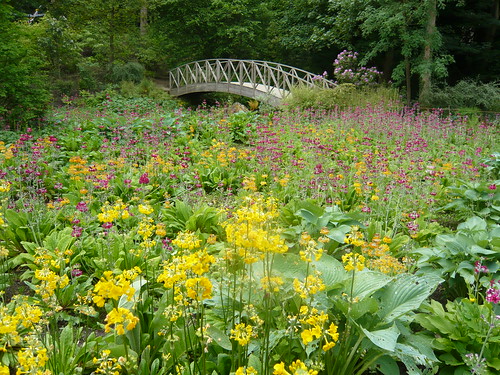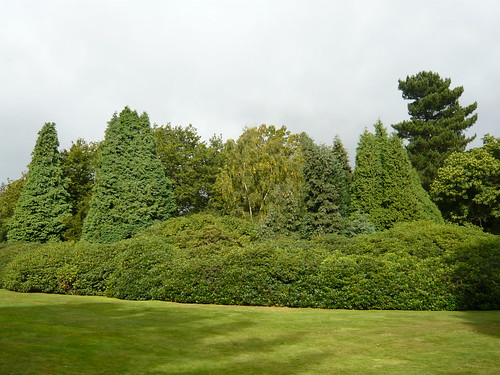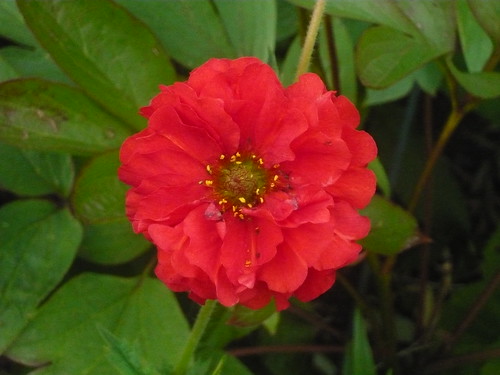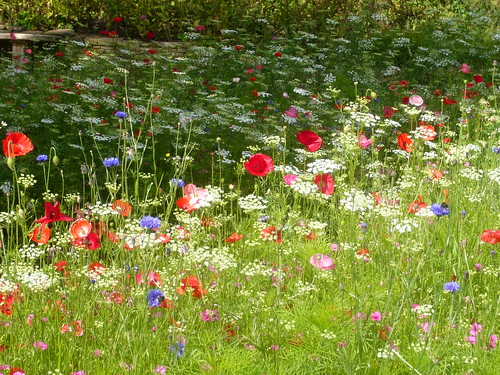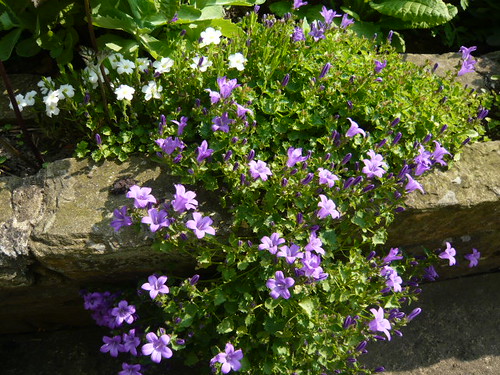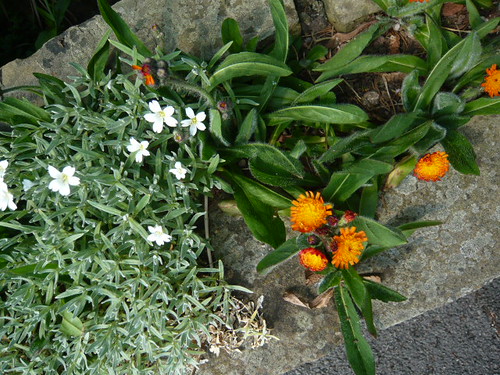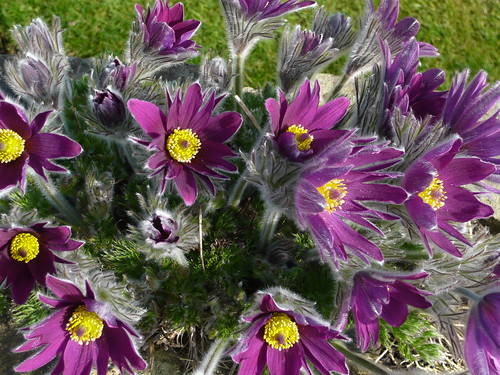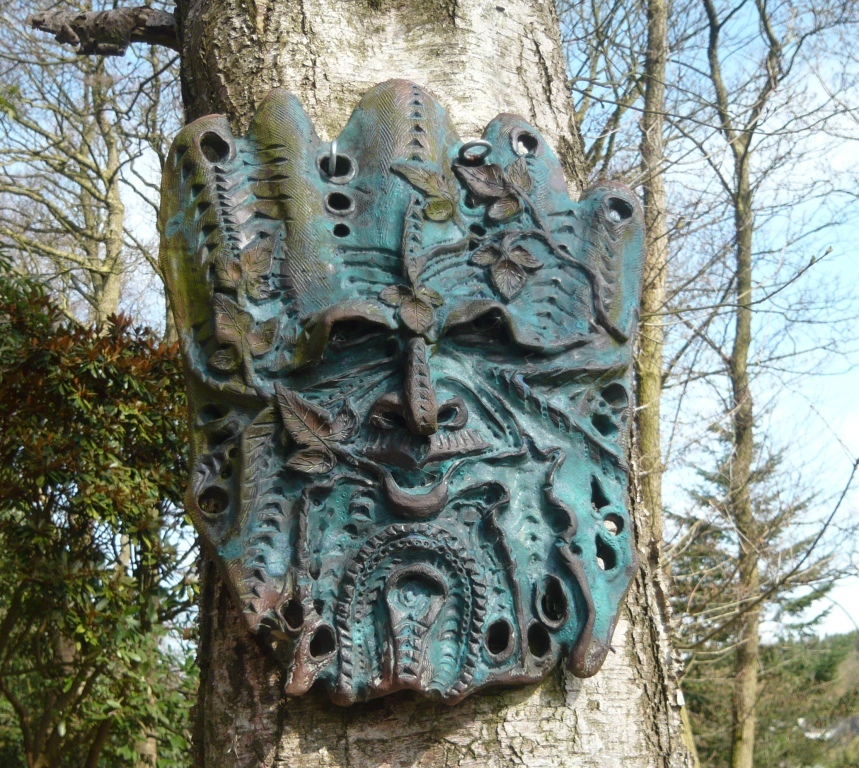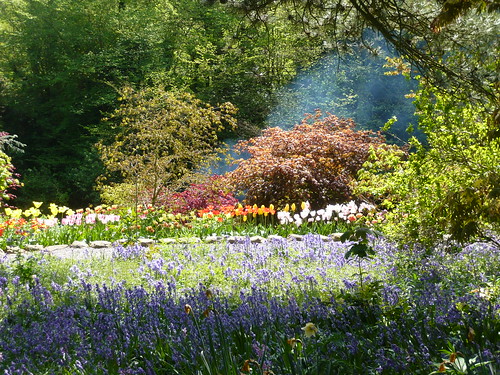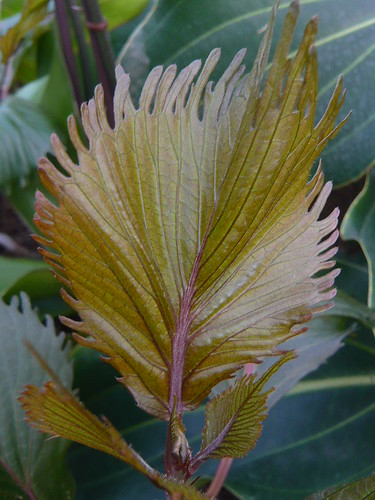Shape and Form in Your Garden
Sedum Rhodiola rosea
A garden needs visual variety and I hope we show some of that on Gardeners Tips. I know the senses we tend to focus on are sight, taste and smell but hearing and touching have their place.
Seeing Your Garden
- Colour is often the most striking way our sight is stimulated but take time to consider and inspect the subtle variations you can achieve from leaves, barks and young shoots as well as flowers.
- If you like topiary you will understand the impact of form and structure in your garden. Structural design can impart the essence of a gardens formality, informality or sense of fun by the features chosen and the way they are implemented.
- The Form some plants take is also important and often the leaf or petal arrangements can be very attractive in their own right – Mother Nature knows what she is doing.
- Texture can be seen and felt and soft grasses can complement furry leaves.

